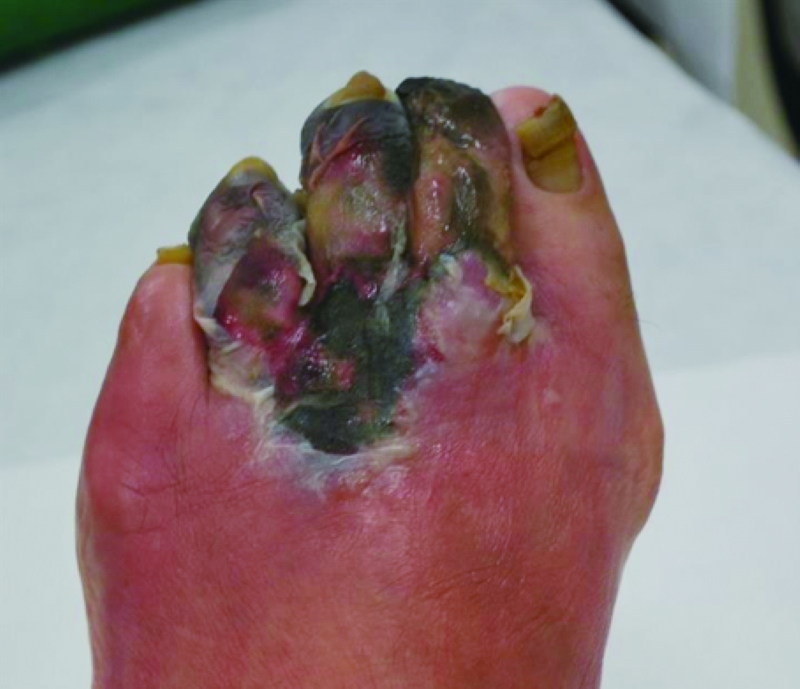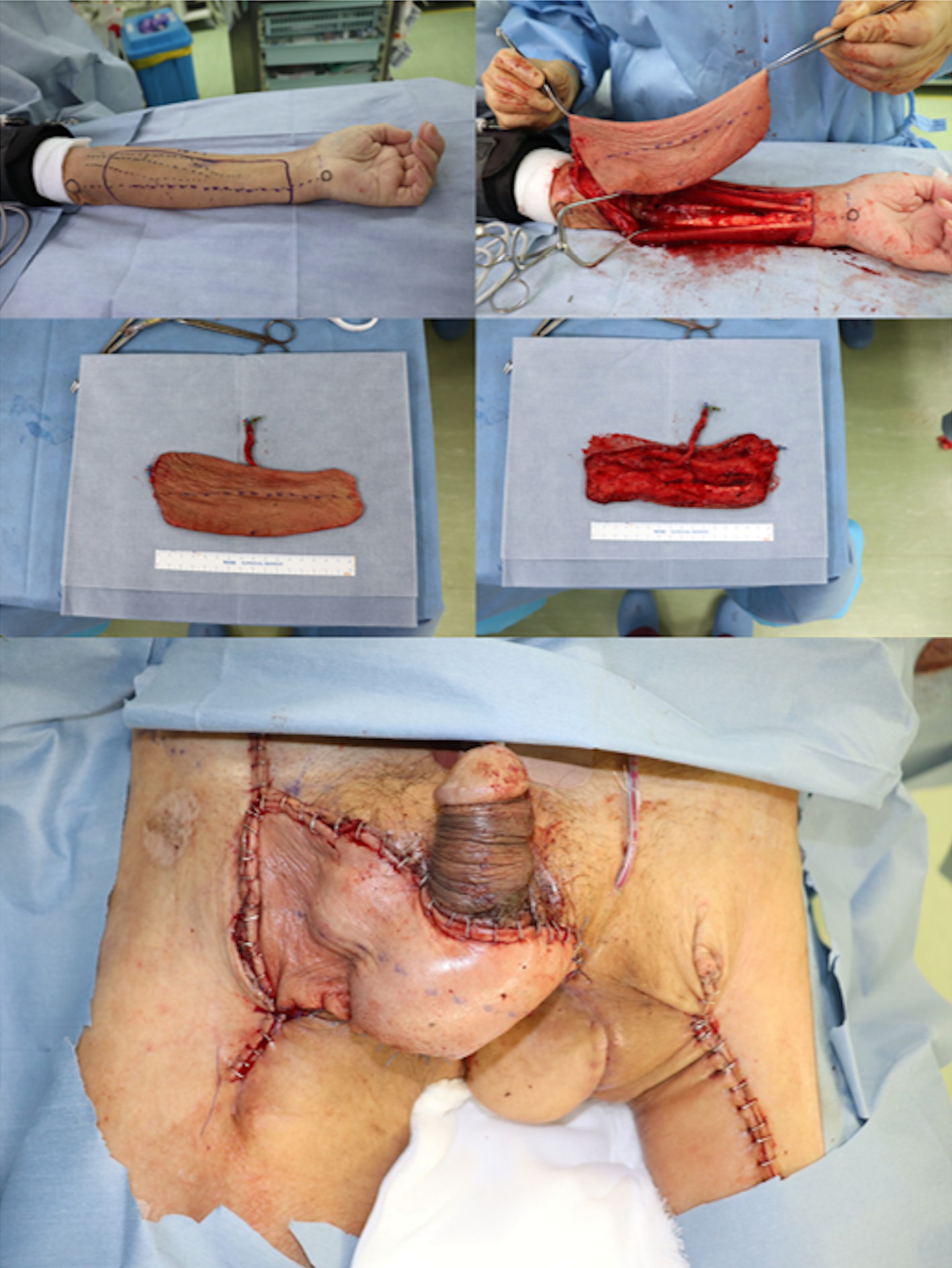1 0 0 0 OA Surgical Management for Foul-Smelling Wounds
- 著者
- Kenji Hayashida Shota Suda Sho Yamakawa
- 出版者
- Japan Society for Surgical Wound Care
- 雑誌
- International Journal of Surgical Wound Care (ISSN:24352128)
- 巻号頁・発行日
- vol.3, no.4, pp.149-151, 2022 (Released:2022-12-01)
- 参考文献数
- 10
Microorganisms infiltrate necrotic tissue over time, resulting in wound infections and odor. However, patients with odorous wounds occasionally cannot obtain adequate wound care regarding the odor owing to their systemic state. Although a variety of conservative or interventional wound treatments have been studied, the strategy for managing and caring for odorous wounds remains unknown. Odor can be reduced by preventing microbial colonization or infections that cause an objectionable odor. As a result, wounds are treated with systemic antibiotics and/or topical exudate-control dressings. The most effective method to eliminate wound odors is wound debridement. However, the debridement of necrotic tissue causing malodor is known to be painful unless performed under local or general anesthesia. This adds to physical and mental strain as well as the risk of interventional treatment as a whole. Therefore, an awareness of the fundamental mechanisms of odorous wounds and establishment of treatment strategies for optimal odor management, including aggressive debridement, is essential. The aim of this brief communication is to describe and suggest interventional odor treatment alternatives, focusing on topical surgical management.
- 著者
- Sho Yamakawa Kenji Hayashida
- 出版者
- Japan Society of Plastic and Reconstructive Surgery
- 雑誌
- Journal of Plastic and Reconstructive Surgery (ISSN:2436259X)
- 巻号頁・発行日
- vol.1, no.1, pp.26-30, 2022-01-27 (Released:2022-01-27)
- 参考文献数
- 15
Scrotal defects requiring reconstruction may occur after trauma, cancer, or infection. To maintain good testicular function, the ideal scrotal temperature should be slightly lower than the abdominal temperature. However, large local flaps that are enough to cover the testes cannot be used in all patients. A 74-year-old man presented with scrotal and perineal tissue defects after undergoing debridement for Fournier's gangrene due to rectal carcinoma-induced perforation. The scrotal skin defect was reconstructed using a 22 × 10-cm-free ulnar forearm flap. The postoperative course was uneventful, and at the 14-month follow-up examination, the scrotal skin was found to be thin and pliable. Moreover, the donor site on the left forearm was in an acceptable state and no hand dysfunction due to contracture was observed. Based on our observations, we recommend that the free ulnar forearm flap might be an effective option for scrotal reconstruction, causing little donor site morbidity.

